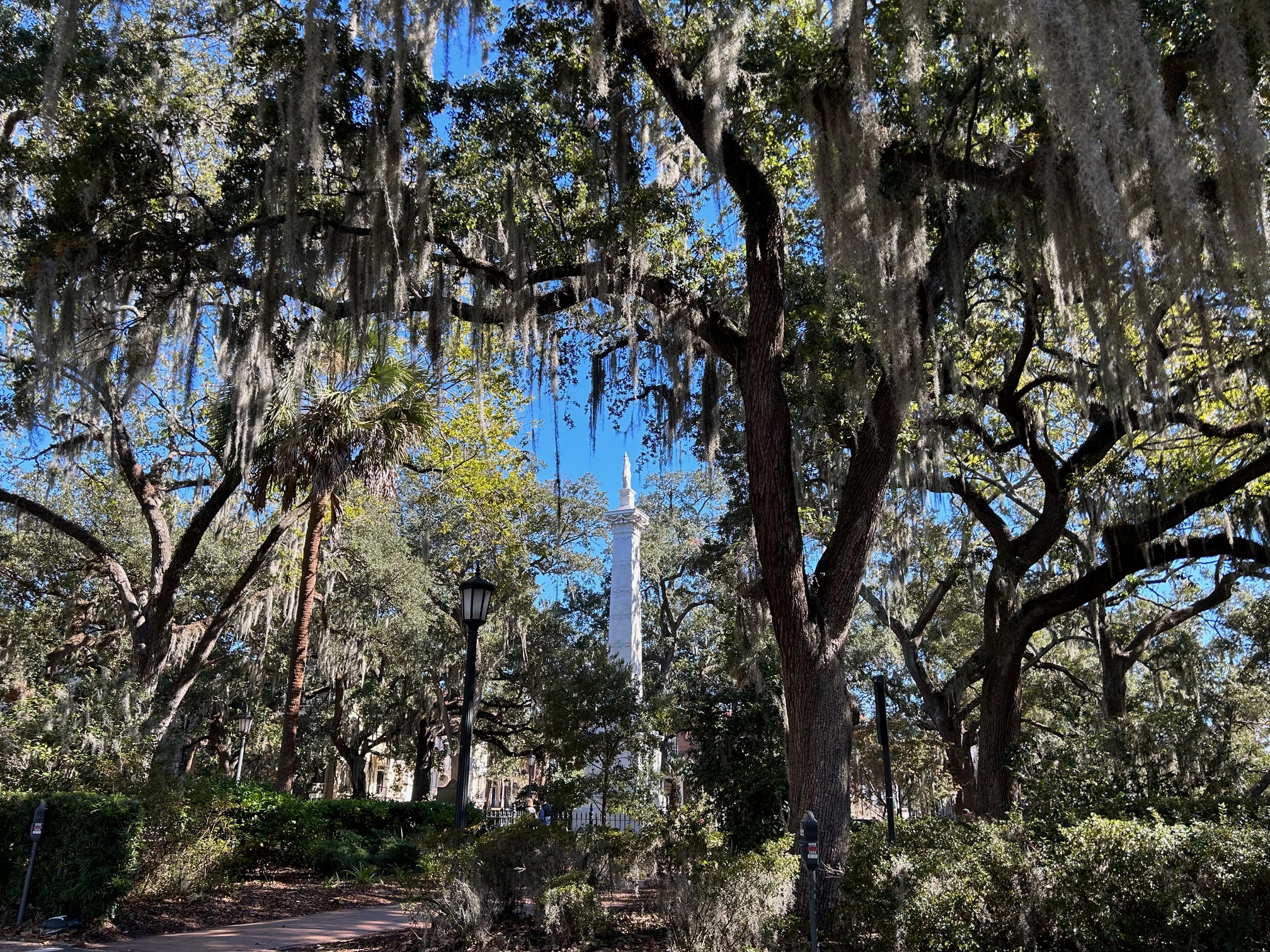Savannah’s Service Workers and their Health Insurance
Savannah had a robust tourist industry thanks to its service workers, who kept the city running but often struggled to get health insurance. In restaurants, shops, and ride-share vehicles, Savannah’s 150,000 residents shared its city with weekend tourists. Service workers also shared the following stories about their coverage:
- A young adult worked part time at one of the many shops while she attended college. The ACA permits children under the age of 26 to be covered through their parents’ employer-sponsored insurance plan if still a student. “Dad covers me on his plan as a dependent though he complains about the cost.”
- A middle-aged man waited tables at one of 400 restaurants, which did not provide health insurance to its employees. He was insured through the federal marketplace after many years of being uninsured and received a subsidy given his income. “The cost is very reasonable.”
- A retiree was a ride-share driver to supplement his retirement income. He enrolled in a Medicare Advantage plan because of lower premiums and drug coverage. “I’m pretty healthy but it helps cover the cost of my medications.”
Given the tourist industry in South Carolina, fewer people had employer-sponsored insurance (45%) compared to the country (49%). While the port and related transportation industry provided coverage, the service sector often did not. These workers relied on other resources—parents, marketplaces, or Medicare—for coverage. In addition, more South Carolinians were uninsured (9%) than all Americans (8%).
These service workers represented not only the local economy, but the complexity—and cost—of the American health insurance system. They would probably be better off if the U.S. had one system for everyone. In the meantime, they’re Mastering Health Insurance.
Photo: One of Savannah’s many gorgeous squares
Source: KFF.org (2022)


